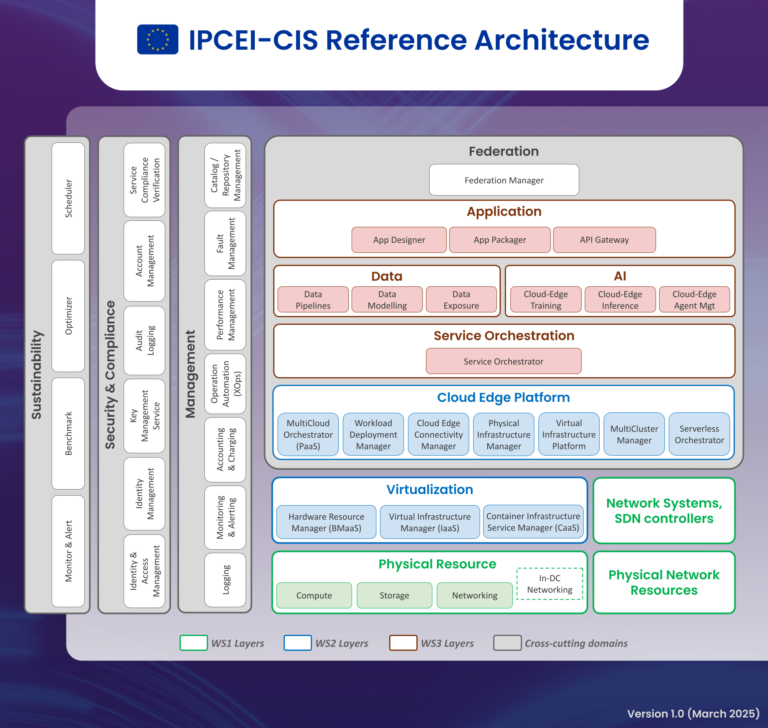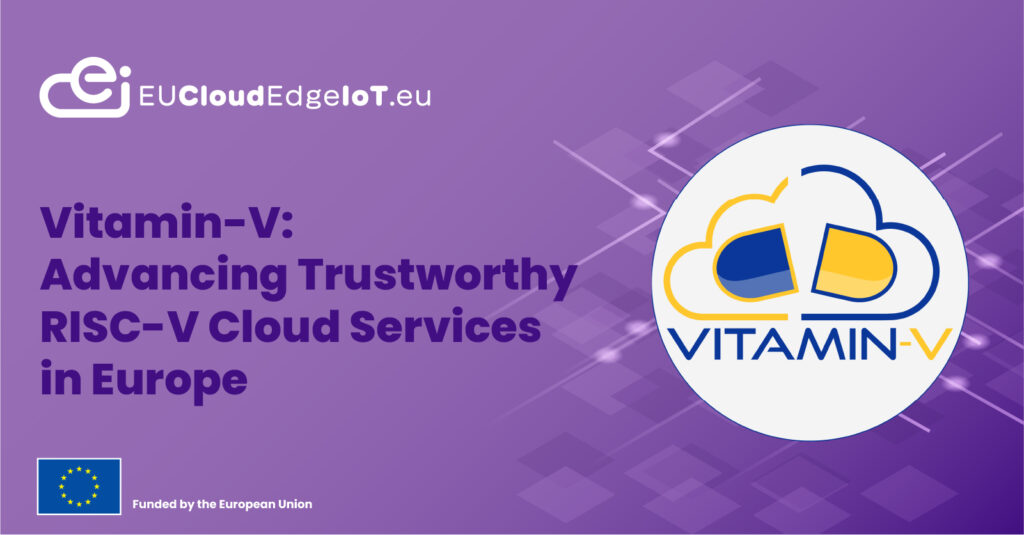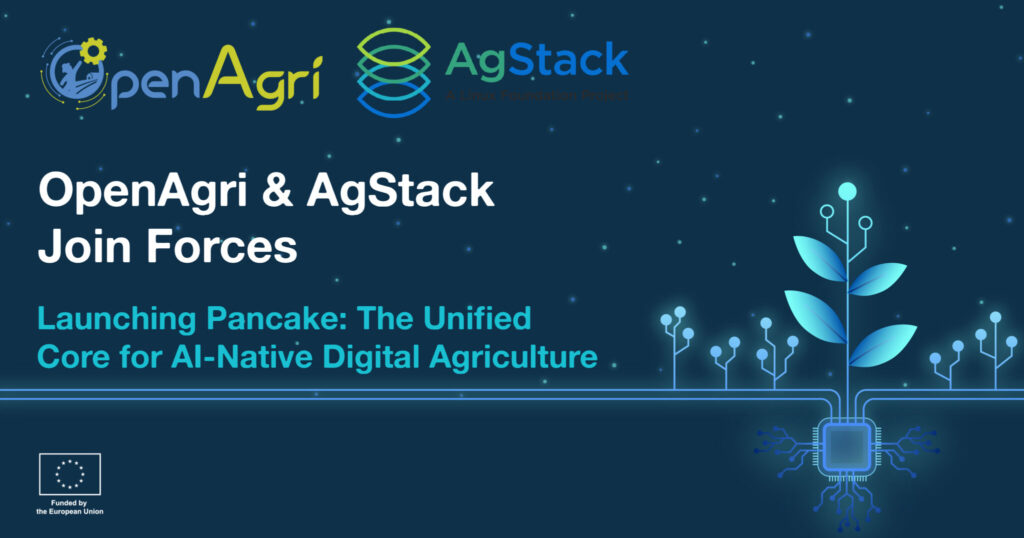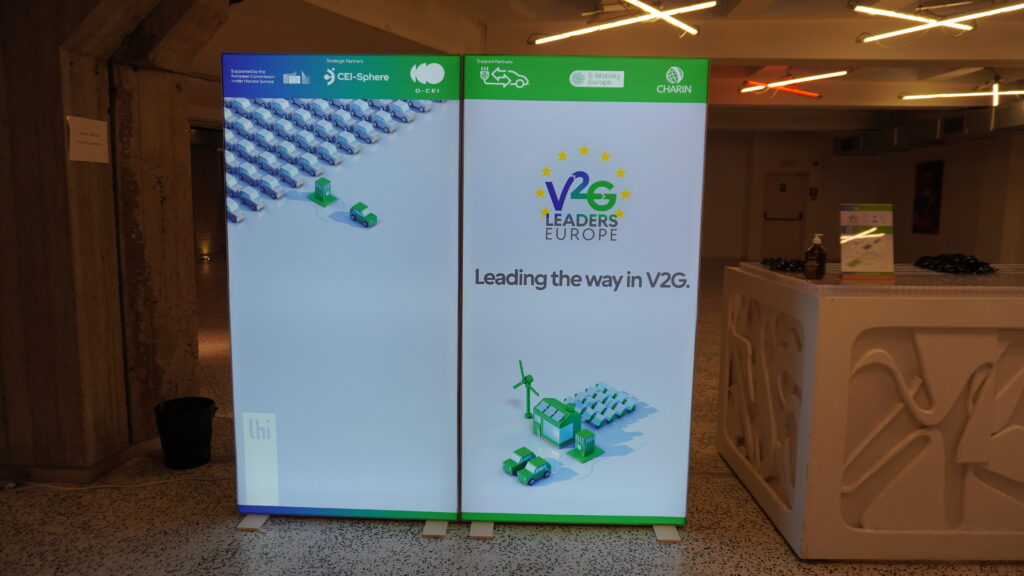The future of Europe’s cloud and edge computing landscape took center stage at the 8ra General Assembly held in Gdańsk on the 27th and 28th of March 2025. Organised by the Polish Government as part of the activities linked with the Presidency of the Council of the EU, this important gathering brought together hundreds of experts, innovators, and leaders from across Europe to discuss how the next phase of technological growth can be achieved through collaboration, joint research, and cutting-edge innovation.
As Europe aims to become a global leader in Artificial Intelligence, the General Assembly underscored the need for creating a resilient, efficient, and secure digital infrastructure for cloud and edge computing. Key discussions highlighted the vital role of the IPCEI-CIS technologies in transforming industries, from healthcare to manufacturing, by supporting faster data processing and improved AI capabilities across the HPC-Cloud-Edge continuum. The gathering also focused on how Europe can build a competitive digital economy by fostering stronger connections between public and private sectors.
One of the main topics presented during the General Assembly was the new IPCEI-CIS Reference Architecture. This first functional architecture presented the main technological components that are being developed by the IPCEI-CIS partners as part of the project’s four workstreams, along with the transversal topics on security, sustainability and management. This open architecture is also expected to open the door to additional integrations and contributions from external partners, a process that will be supported by the IPCEI-CIS Exploitation Office through the EC-funded CISERO Project.
Looking at the future, the General Assembly underlined the importance of cross-border collaboration and gradual alignment with other strategic EU initiatives and actions, such as those taking place under Horizon Europe, Digital Europe, and the EDF programme. With funding and major investments in the pipeline, the 8ra initiative is consolidating an open and inclusive European innovation ecosystem around a sovereign software stack in which as many European technological components and cloud services as possible should be integrated. The full version of the IPCEI-CIS Reference Architecture will be published in coming weeks, as one of the project’s main steps in that direction.





